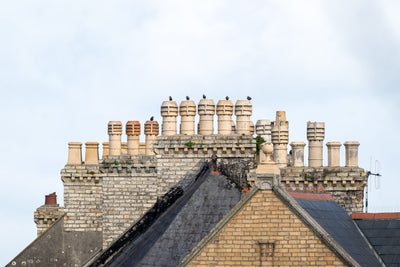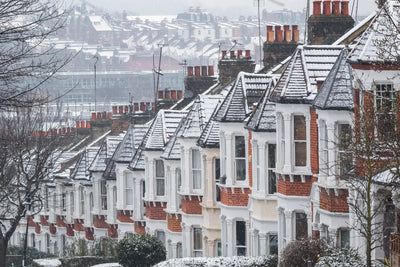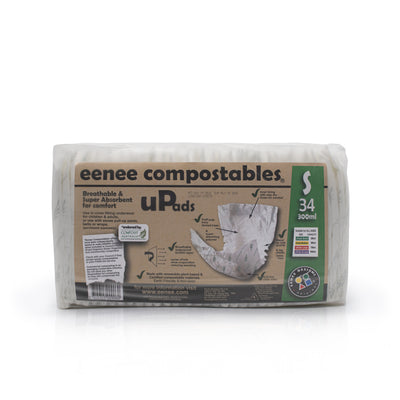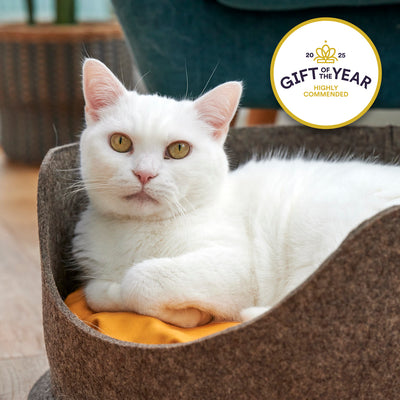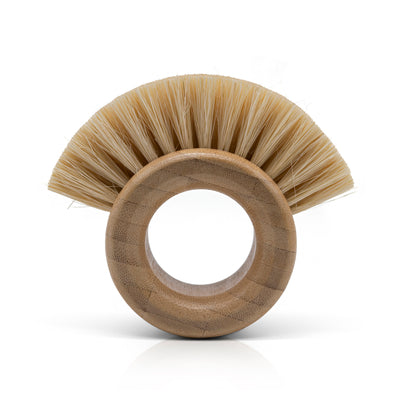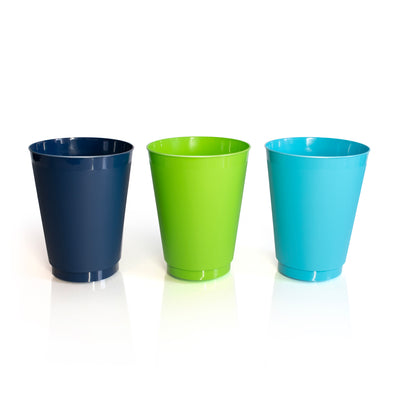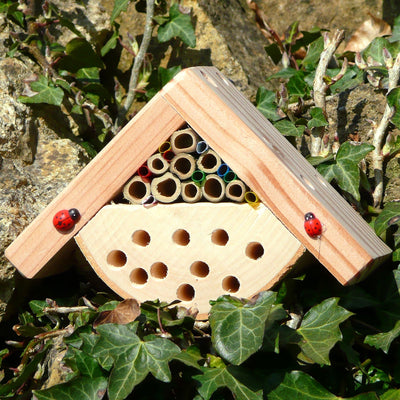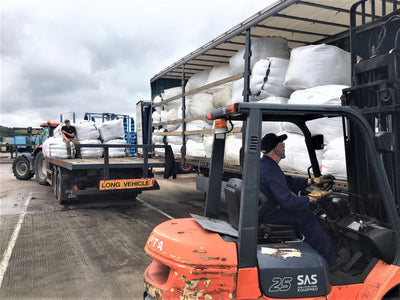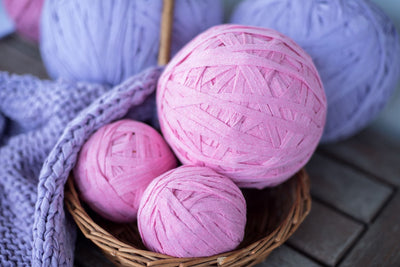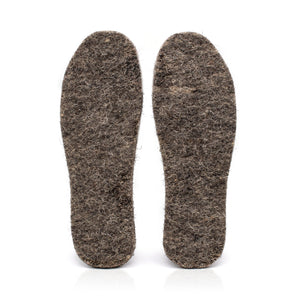It is a common myth that we don’t need to be helping birds during the winter but it is actually one of the most crucial times for us to be giving them support by providing food, water and shelter. Here in the UK, we spend £200 million a year on bird food which is amazing! But, with that comes a great responsibility – birds come to rely on the food we put out as a food source so it is really important we continue to put food out regularly throughout the year.
Winter life can be really tough for our feathered friends due to the lack of food available. Compared to the spring and summer months, there is a lot less ‘greenery’ around. This has an impact on our birds when, just like us, they need extra energy to get through the colder months. In fact, the RSPB says “a cold snap can mean they need more energy – just to keep warm – and the short days leave less time to find food”. Pretty bleak, right?
In recent years, the lack of food in the winter has been exacerbated by the depletion of their natural habitat. According to the RSPB, changes in farming practices and land use (i.e. more urbanisation) have played a major part in the falling number of birds as their food sources are diminished and nesting opportunities change. For example, Hedgelink UK found that between 1998 and 2007 the total length of managed hedgerow decreased by 6.1% (26,000km) which is a prime place where birds would usually be getting lots of their winter food from. So more than ever, birds are reliant on us to provide them with food and shelter, especially during the winter.
Habitat creation and food for wildlife is one of the main reasons we set up Buy Land Plant Trees (BLPT) and we’ve already seen first-hand how much difference providing more vegetation makes to the wild birds in our area during the colder months. We’ve had flocks of goldfinches in the BLPT fields during the winter over the past couple of years eating the seeds from angelica, thistles, and other flowering plants that have been left to go to seed. It’s wonderful to watch!
So, how can you help? Here are a few ideas!
Food glorious food
If you already leave food out for your local birds, keep it going through winter and if you don’t feed your birds, why not start? It is one of the best ways to ensure we are helping birds during the winter.
During the colder months, we want to ensure we are giving birds an extra boost of energy to help them stay warm. So, we want high energy food which comes in the form of fats! Think seeds, peanuts and fat balls. These are all high in lots of good fats but also vitamins, minerals, proteins and fibre which will keep them happy and healthy. You may find during colder snaps your bird food may get depleted quicker than usual. That is completely normal – the birds will need all those extra calories to keep them warm. Just make sure you keep refilling your feeders as and when they are empty.
For us humans, the winter months tend to be full of eating and celebrating – Halloween, Bonfire Night, Christmas and New Year – which means we often have lots of leftovers. Some of our food can actually be used to feed birds which is great because it means we are reducing our food waste! For example, fruit cake or mince pies, dried fruit, unsalted nuts, or apples and pears past their best are all bird-friendly. Have a look at the British Trust for Ornithology website to find out what you should and shouldn’t be feeding them.
Different birds, different feeding habits
When you look out of your window, what sort of birds do you see flying around? Are they ground-feeding birds such as robins, song thrushes, wrens and house sparrows? Or are they birds that like pecking away higher up like greenfinches, goldfinches, chaffinches, blue tits, great tits and siskins? If you aren’t sure the RSPB has a great bird identifier!
A great way to ensure you are helping birds during the winter is by ensuring that you’ve got food available to them in a way that comes naturally to them. So for ground feeders, sprinkling some sunflower seeds and crumbling a fat ball onto either a sturdy bird table or onto something like our ground feeder sanctuary to ensure they can feed safely. For birds that quite like hanging feeders, use those! We stock a great hanging seed feeder and a fat ball hanging feeder which are both anti-rust so perfect for hanging up during the winter months.
Winter roosting
During the winter, many birds will be doing an awful lot of roosting because of the reduced daylight. Some birds like to roost alone and others prefer to snuggle up together (cute!). Roosting helps them to keep warm, preserve energy and ensure they are kept safe away from predators.
Most UK birds usually roost in trees or dense shrubs, but as we well know, those areas of natural habitat are becoming more and more depleted. The solution? Nesting boxes!
It is a common misconception that nesting boxes are just used for nesting. They are perfect for roosting birds in the winter too! If you already have some nesting boxes set up around your garden take a look at this article by Gardeners World to learn how you can convert your nesting box into a roosting box for the winter months.
If you haven’t got any nest boxes, don’t worry. We have a great selection of FSC-approved, sustainable timber bird boxes that have been made here in the UK. They have all been treated with a non-toxic water-based stain to increase their longevity. Like with feeders, different birds will like different sorts of nesting boxes. For example, our open-fronted nest box is perfect for birds that prefer nesting closer to the ground such as robins, blackbirds, wagtails and flycatchers, whereas our classic bird box is great for most tit species, sparrows, nuthatches, redstarts and flycatchers. Our multi-species nester is great if you’re not sure which species you want to put boxes up for. The front panel can be easily removed if you wanted to adapt it to a more open-fronted style nesting box. We also sell this with wool nesting which you can put up in a bird feeder for the birds to peck at to line their nests. Take a look at our range to find the perfect ones for your garden birds!
‘Ice, ice birdie’
Birds need to drink and bathe every day – even when it’s really cold outside – so making sure our bird baths or little garden ponds don’t freeze is really important and a great way to ensure we are helping birds during the winter. In fact, when conditions are REALLY cold, our garden sources of water become even more important to those lovely feathered creatures because lots of the natural water sources have frozen over.
Water to bathe during the winter helps to ensure birds keep their feathers clean. By dampening their feathers, it loosens the dirt and makes it easier for birds to preen. One of the main things they do whilst preening is rearrange their feathers and spread oil from the preen gland to keep them waterproof. Whilst doing this, they trap an insulating layer of air underneath to keep them warm. Very important during the winter!
To keep your pond or bird bath from freezing over, check out some of the RSPB’s tips. Whatever you do, DO NOT use chemical anti-freeze solutions or salt as this can stop their feathers from being waterproof or could actually poison the birds.
If you don’t have for a pond or a bird bath and don’t really have space either, an upside-down bin lid or even a plant saucer outside on a wall or on the ground gives the birds the water they will require to drink and bathe (believe it or not, they don’t need to drink 2 litres a day like we do!).
Plant some winter foliage
Have you got a garden with some space to plant foliage that might keep the birds full during the winter? If so, why not plant some!
As we said before, we’ve had great success in our BLPT fields with this – just having plants and trees there that we don’t touch or pick from but leave for the birds as natural food sources. We mentioned seeds from angelica, but hawthorns, sloes and holly berries also provide food for lots of different bird species. So, go on, have a go at planting some. Plant them close to your nesting boxes to create a real haven for your local birds!
So there you go – you are now all set to ensure you are helping birds during the winter!

